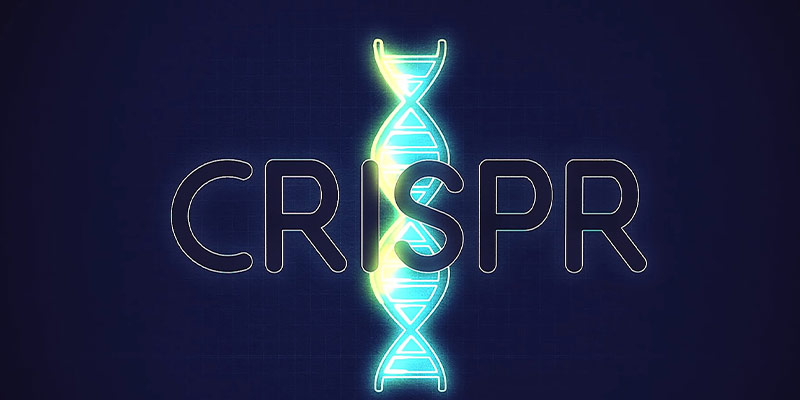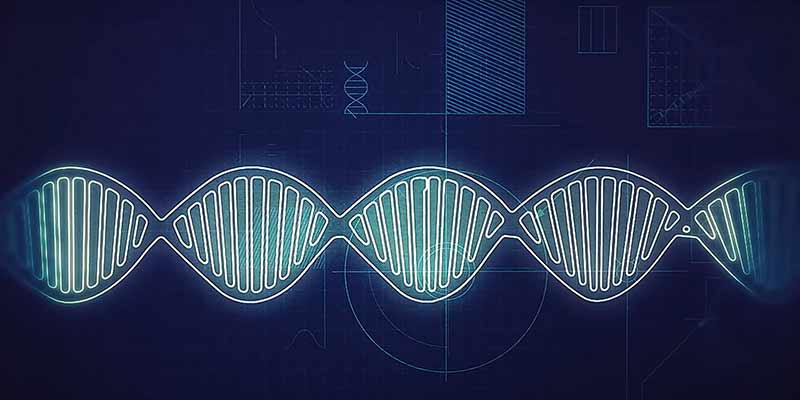- World
- Jan 18
Explainer - CRISPR genome editing technology
• The US Food and Drug Administration (FDA) approved two treatments — Casgevy and Lyfgenia — representing the first cell-based gene therapies for the treatment of Sickle Cell Disease (SCD) in patients 12 years and older.
• Additionally, one of these therapies, Casgevy, is the first FDA-approved treatment to utilise a type of novel genome editing technology, signaling an innovative advancement in the field of gene therapy.
• Casgevy, a cell-based gene therapy, is approved for the treatment of Sickle Cell Disease in patients 12 years of age and older with recurrent vaso-occlusive crises.
• Casgevy is the first FDA-approved therapy utilising CRISPR/Cas9, a type of genome editing technology. Patients’ hematopoietic (blood) stem cells are modified by genome editing using CRISPR/Cas9 technology.
• CRISPR/Cas9 can be directed to cut DNA in targeted areas, enabling the ability to accurately edit (remove, add, or replace) DNA where it was cut.
• Casgevy is designed to work by editing the faulty gene in a patient’s bone marrow stem cells so that the body produces functioning haemoglobin. To do this, stem cells are taken out of bone marrow, edited in a laboratory and then infused back into the patient after which the results have the potential to be life-long.
• Lyfgenia is a cell-based gene therapy. Lyfgenia uses a lentiviral vector (gene delivery vehicle) for genetic modification and is approved for the treatment of patients 12 years of age and older with Sickle Cell Disease and a history of vaso-occlusive events.
What is genome editing?
• In 1953, J.D. Watson and F.H.C. Crick reported the molecular structure of DNA. Ever since, scientists have tried to develop technologies that can manipulate the genetic material of cells and organisms.
• Genome editing, also called gene editing, is a method for making specific changes to the DNA of a cell or organism.
• Genome editing can be used to correct, introduce or delete almost any DNA sequence in many different types of cells and organisms.
• While techniques to modify DNA have existed for several decades, new methods have made genome editing faster, cheaper and more efficient.
• In 2020, Emmanuelle Charpentier and American Jennifer Doudna won the Nobel Prize in Chemistry for developing a method of genome editing likened to molecular scissors — CRISPR/Cas9.
• CRISPR is short for Clustered Regularly Interspaced Short Palindromic Repeats. CRISPR was adapted for use in the laboratory from naturally occurring genome editing systems found in bacteria.
• With the discovery of the RNA-guided CRISPR/Cas9 system, an easy and effective method for genome engineering has now become a reality. The development of this technology has enabled scientists to modify DNA sequences in a wide range of cells and organisms.
• Genomic manipulations are no longer an experimental bottleneck. Today, CRISPR/Cas9 technology is used widely in basic science, biotechnology and in the development of future therapeutics.
• Because CRISPR/Cas9 is an RNA-based system, it can be more efficiently and easily modified than the protein-based approaches and allows for targeting of multiple sites.
Why do genetic scissors require regulation?
• Alongside all their benefits, genetic scissors can also be misused. For example, this tool can be used to create genetically modified embryos.
• However, for many years there have been laws and regulations that control the application of genetic engineering, which include prohibitions on modifying the human genome in a way that allows the changes to be inherited. Also, experiments that involve humans and animals must always be reviewed and approved by ethical committees before they are carried out.
• It has already raised serious ethical questions in the scientific community. Most of the world became more aware of CRISPR in 2018, when Chinese scientist Dr. He Jiankui revealed he had helped make the world’s first gene-edited babies, to try to engineer resistance to future infection with the AIDS virus. His work was denounced worldwide as unsafe human experimentation because of the risk of causing unintended changes that can pass to future generations, and he is currently in prison.
• In September 2020, an international panel of experts issued a report saying it is still too soon to try to make genetically edited babies because the science isn’t advanced enough to ensure safety, but they mapped a pathway for any countries that want to consider it.
Sickle Cell Disease
• The haemoglobinopathies are a group of disorders passed down through families (inherited) in which there is abnormal production or structure of the hemoglobin molecule.
• Approximately 5 per cent of the world’s population carries trait genes for haemoglobin disorders, mainly, sickle-cell disease and thalassaemia.
• Over three lakh babies with severe haemoglobin disorders are born each year globally.
• Sickle Cell Disease (SCD) is one such blood disorder caused by the abnormal haemoglobin that damages and deforms red blood cells.
• Red blood cells contain haemoglobin, a protein that carries oxygen. Healthy red blood cells are round, and they move through small blood vessels to carry oxygen to all parts of the body. In someone who has SCD, the haemoglobin is abnormal, which causes the red blood cells to become hard and sticky and look like a C-shaped farm tool called a “sickle”.
• The sickle cells die early, which causes a constant shortage of red blood cells. Also, when they travel through small blood vessels, they get stuck and clog the blood flow. This can cause pain and other serious complications.
• The disorder requires lifelong management and contributes to infant and childhood morbidity and mortality. SCD is caused by inheritance of two abnormal HbS genes, one from each parent or HbS gene from one parent and HbE or β thalassemia gene from the other.
• Sickle cell syndromes include Sickle Cell Disease (SCD, HbSS), also called Sickle Cell Anaemia (SCA), as well as disorders due to sickle cell gene combined with another hemoglobinopathy such as Hb C, E, or β thalassemia.
• Persons carrying only one of these genes are called ‘carriers’ as they do not suffer from any disease but carry the abnormal gene and transmit it to the next generation. Carriers cannot be recognised clinically, but only by performing special blood tests. Where both mother and father are ‘carriers’, there is a chance that their children may inherit the abnormal gene from both parents.
Manorama Yearbook app is now available on Google Play Store and iOS App Store


